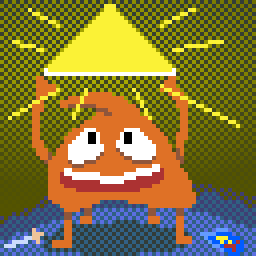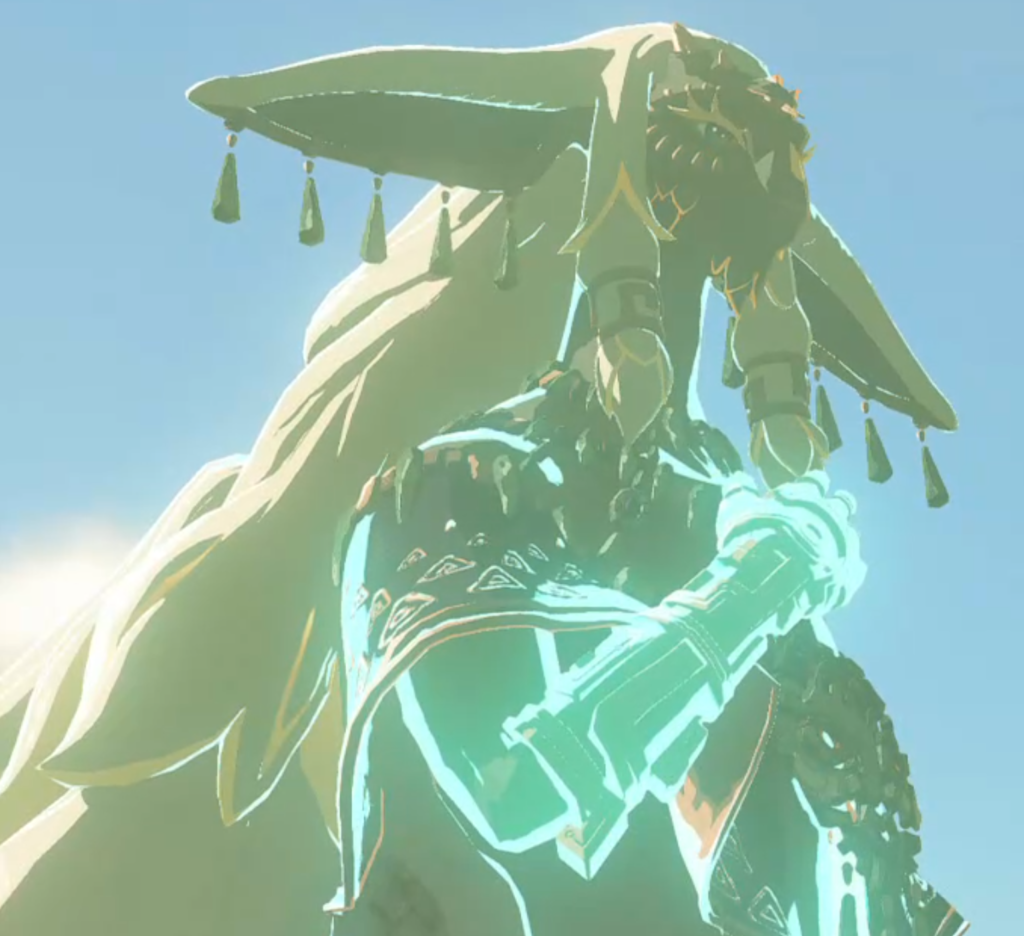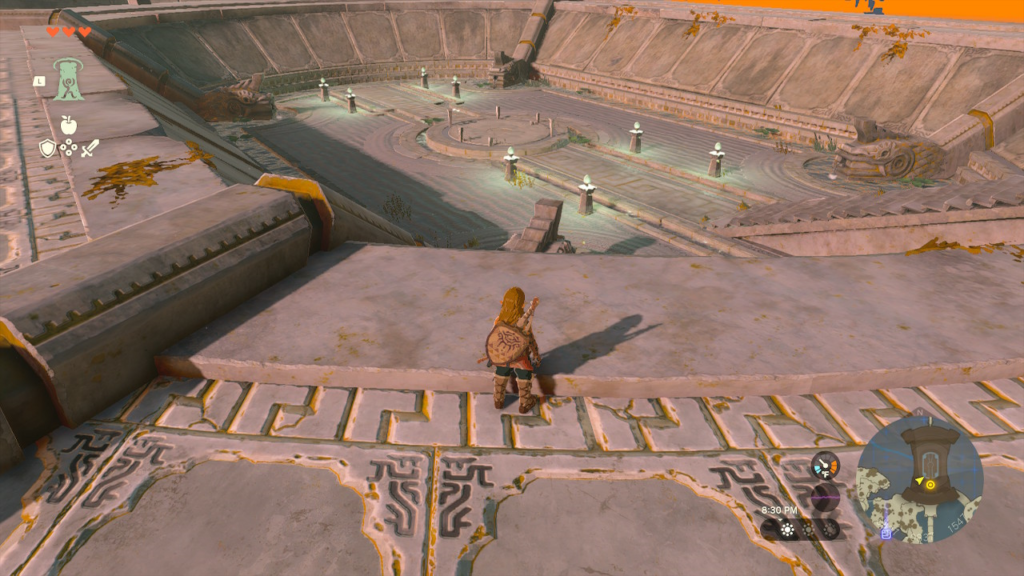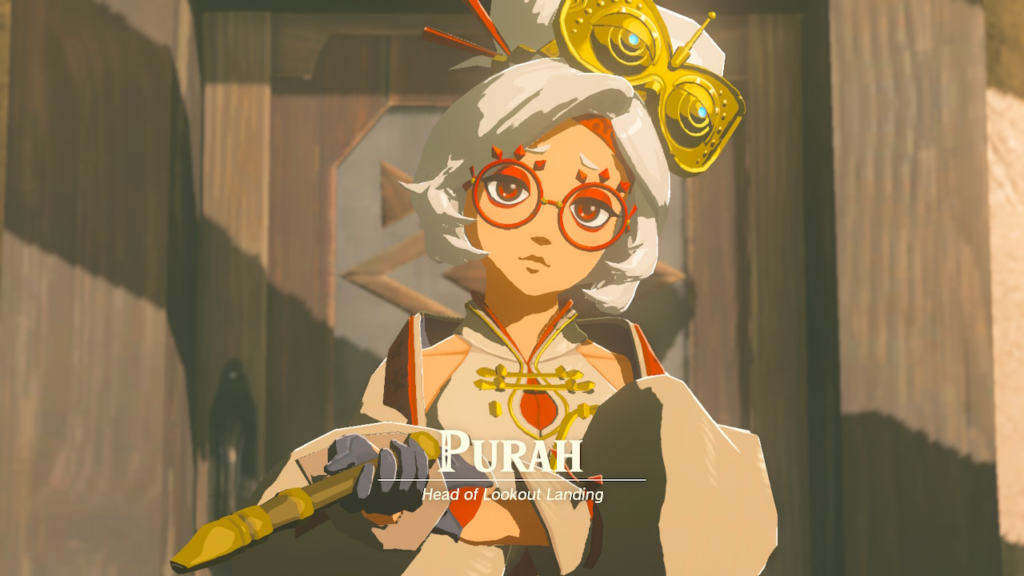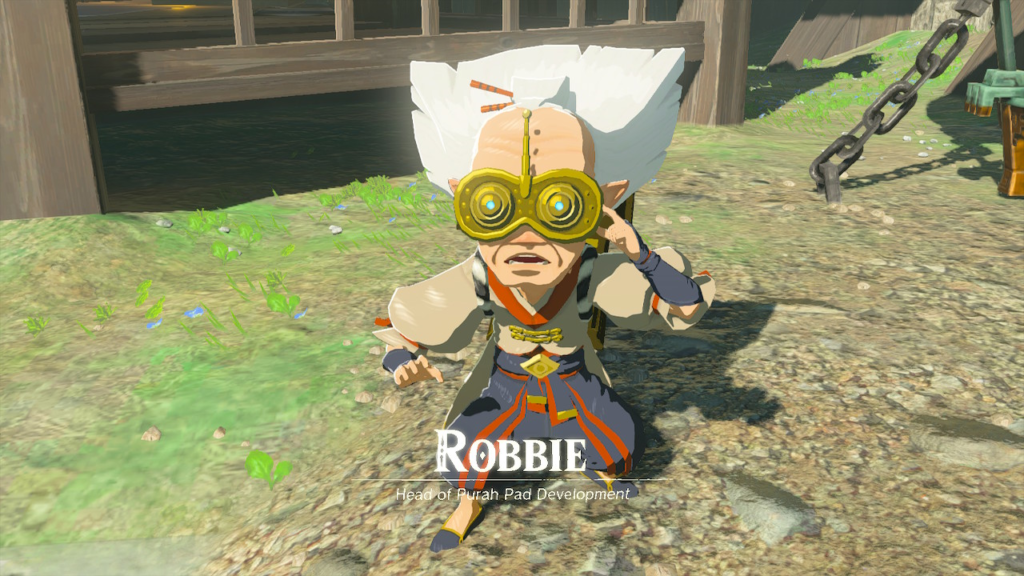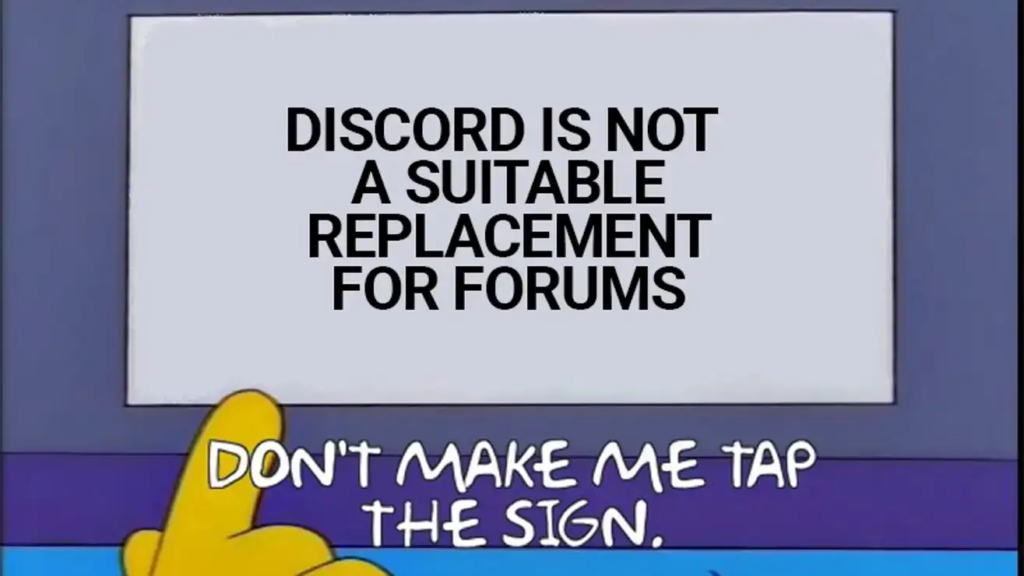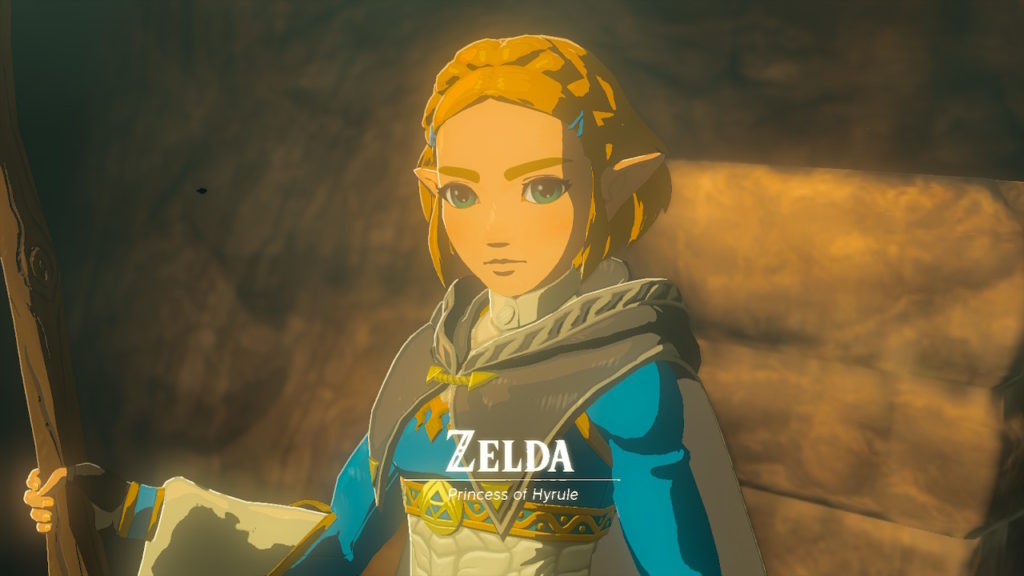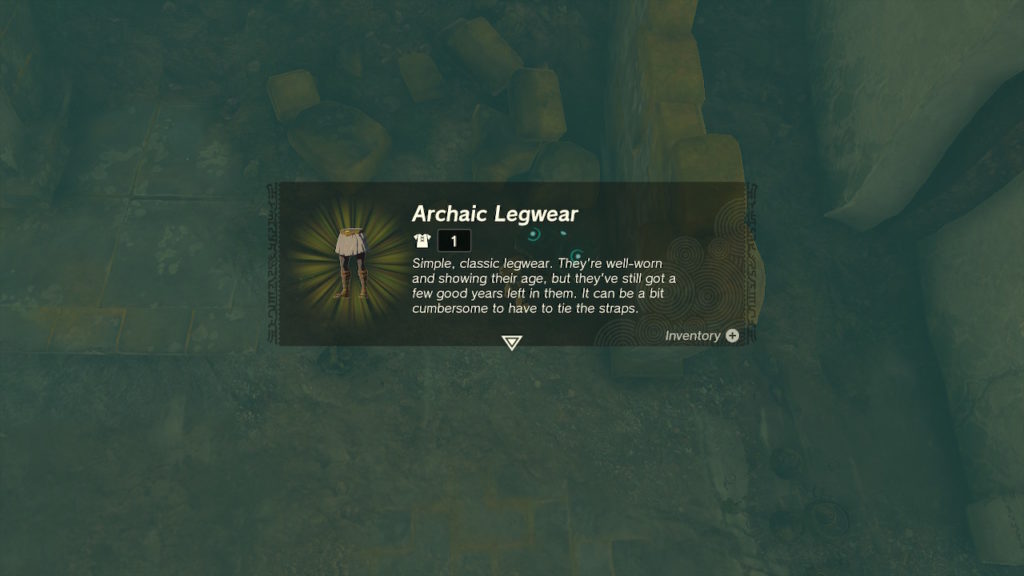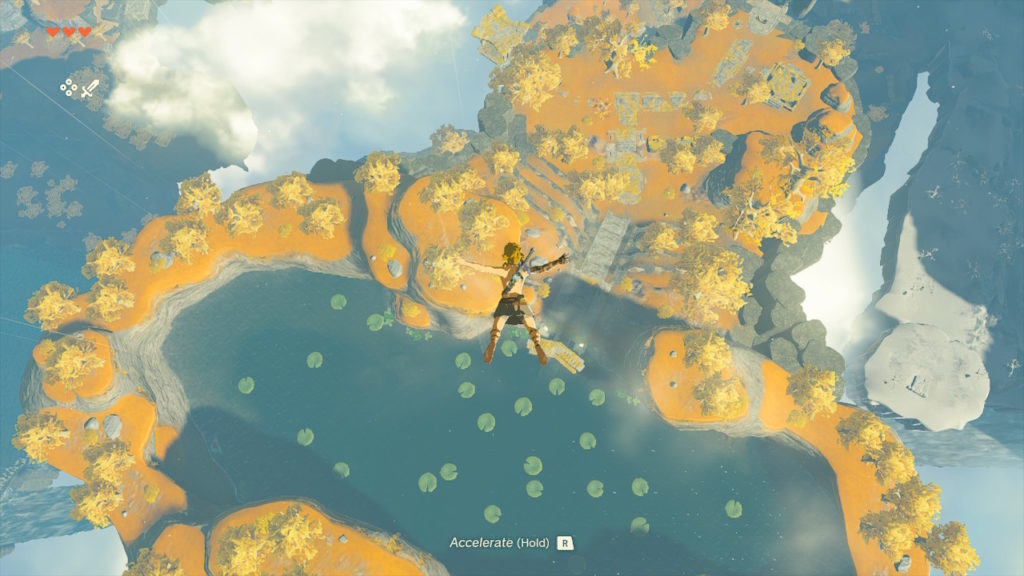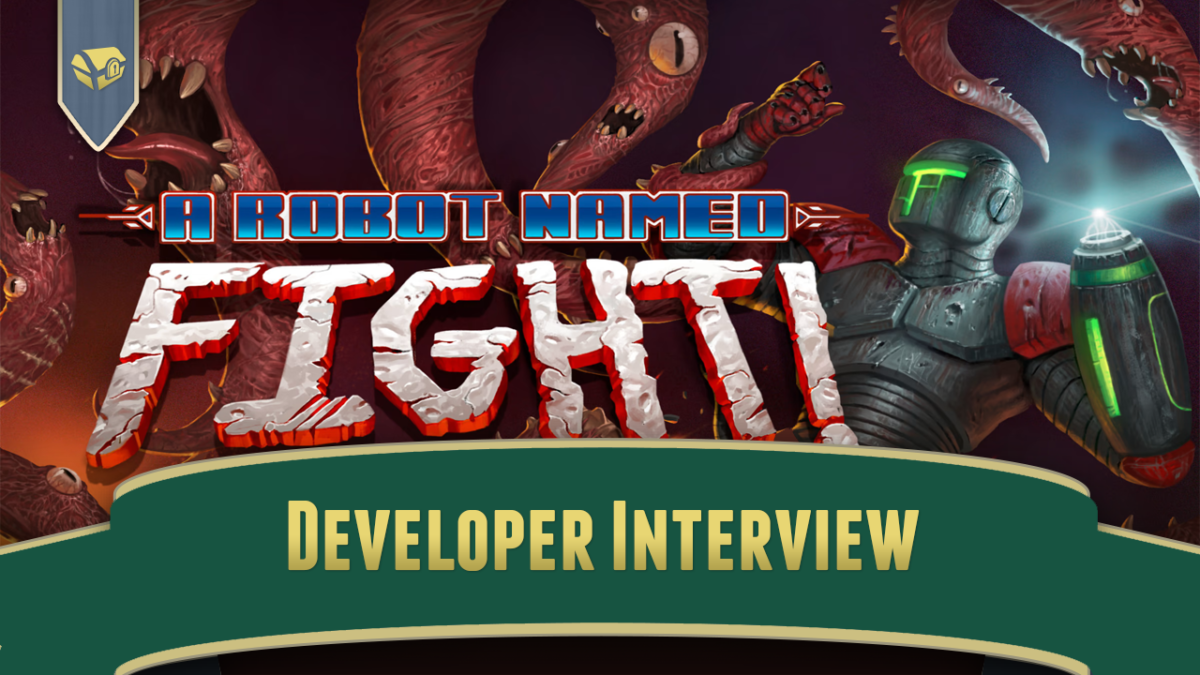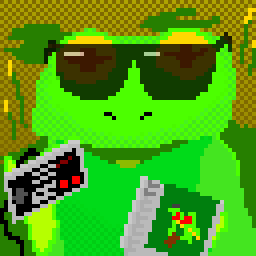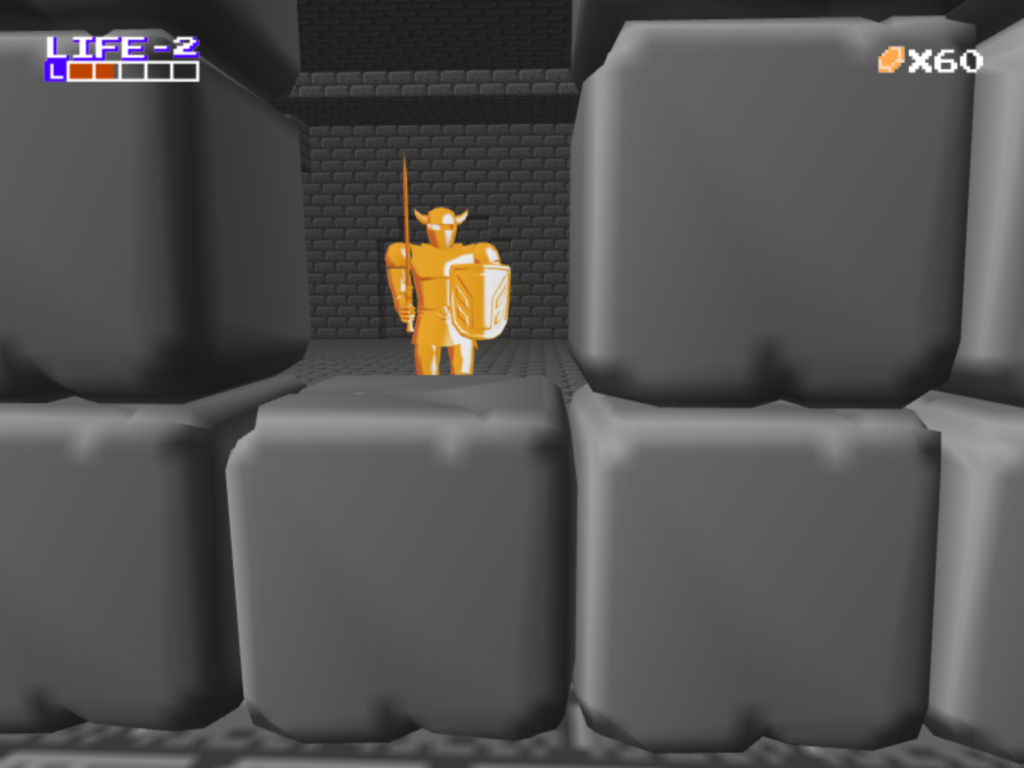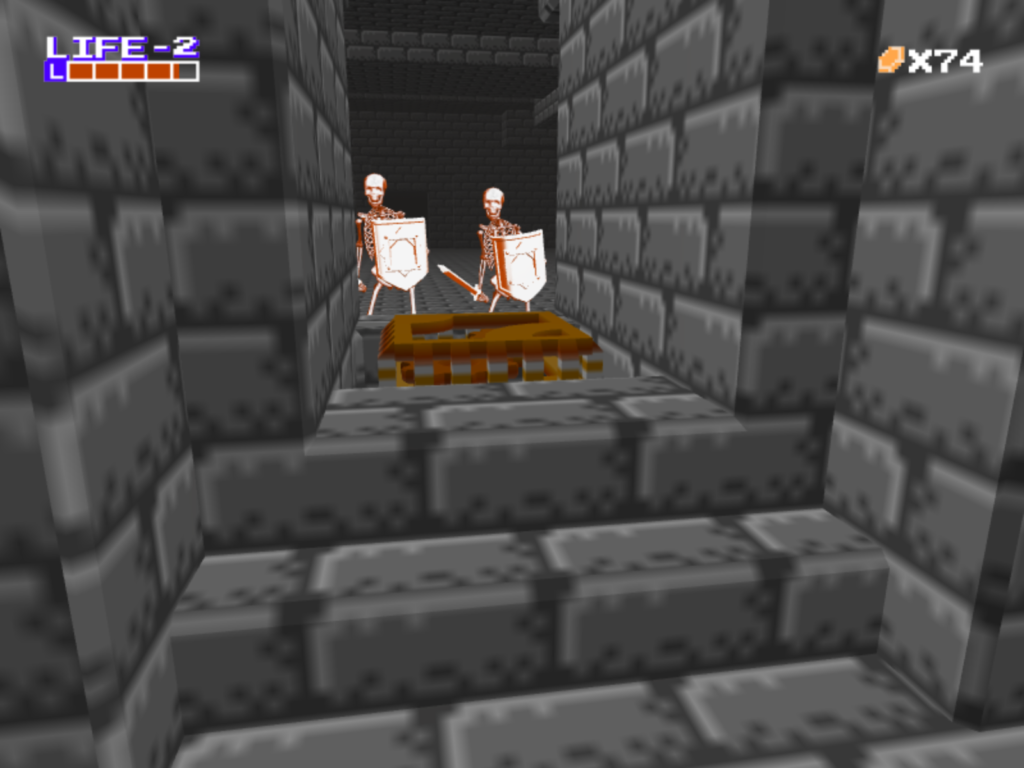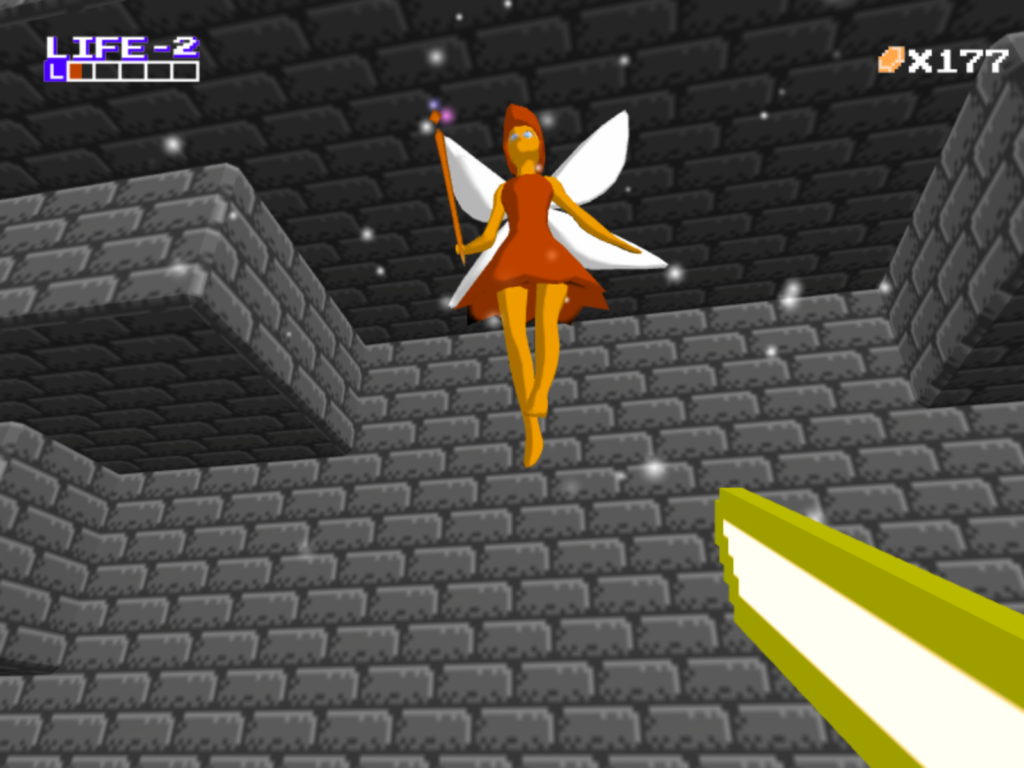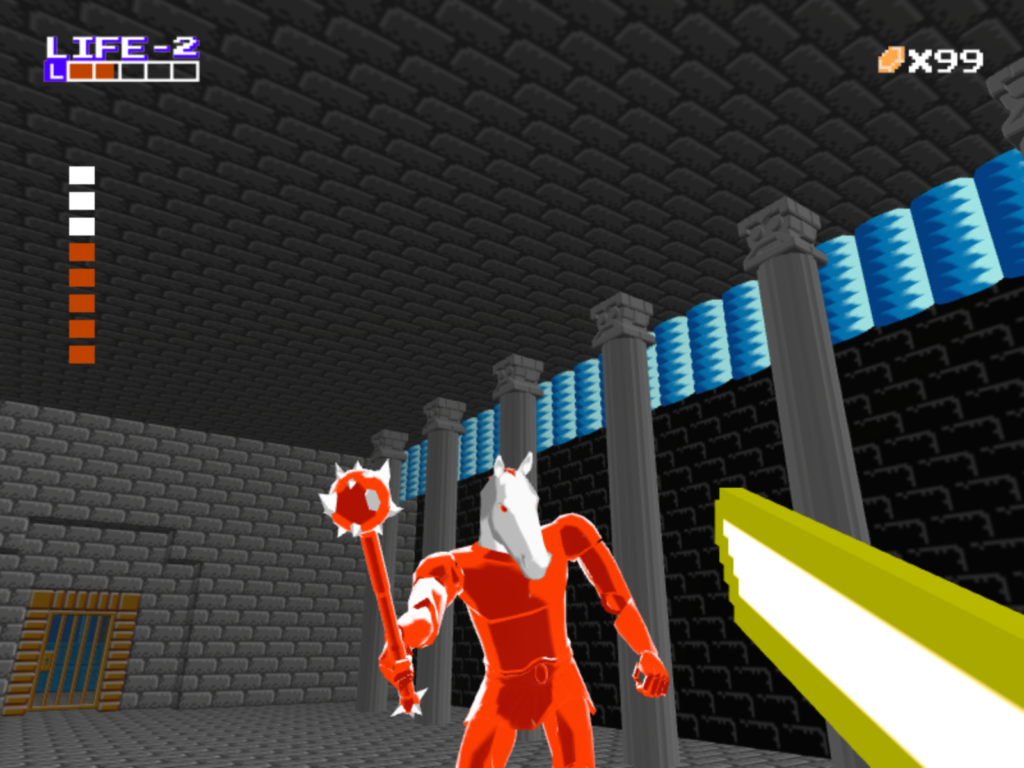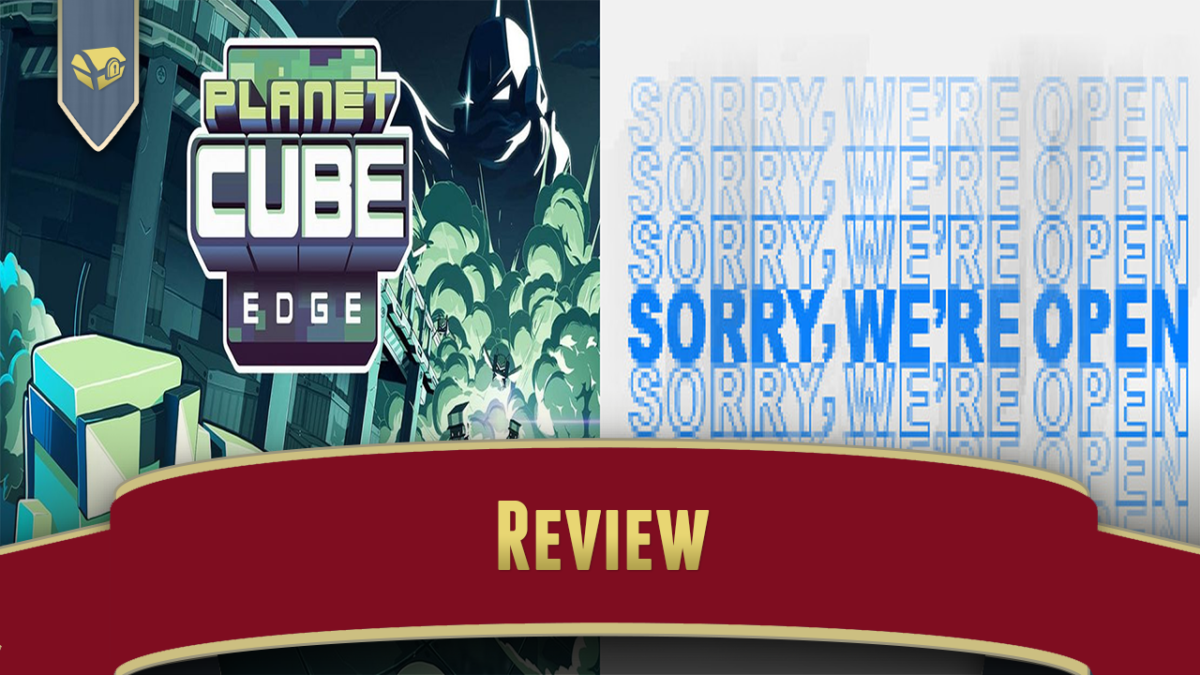As you read this, Tears of the Kingdom, the ludicrously anticipated latest sequel to The Legend of Zelda and direct followup to the most popular Zelda game ever made, Breath of the Wild, is just being released. Yes, I pre-ordered my copy.
I say Breath of the Wild is the most popular Zelda because of sales figures. At over 29 million sales it far outstrips the previous best-selling Zelda, Ocarina of Time, at 14 million. The third best-selling is actually Link’s Awakening, but only because of the Switch remake. The original Legend of Zelda is down in 7th place.
Given that the game was leaked early and hackers are already combing through it and seeking to repurpose its assets for their own use (and godspeed to them in their efforts), I thought we might do a link (heh) roundup of a category of Zelda fanwork that would be impossible without their efforts: randomizers!
Zelda Randomizer and Zelda II Randomizer were two of the earliest randomizers to achieve high popularity, and they’re still probably my favorites. Zelda II Randomizer will even remake the overworld, a scrambling of the original game that few randomizers will dare try. Infinite Hyrule will redesign the overworld of the original game, and it’s compatible with the main Zelda Randomizer so you can remake that version as well. (I’ve linked to ZR and IH in the past.) Together, they’re as a long-time NES fan can get to the experience of playing the original game, before all of the secrets were discovered.
There’s two especially notable Link to the Past Randomizers, both implemented as web applications. A standard one, and a really fancy one that combines it with Super Metroid into one glorious trainwreck of a game.
There are also randomizers for Ocarina of Time, Majora’s Mask (especially interesting given that game’s unusual structure), a version that combines both Ocarina and Majora into a single game and randomizes their fusion, a couple for Link’s Awakening, Wind Waker, Twilight Princess, Skyward Sword, and for both the Switch and Wii U versions of Breath of the Wild.
There, that oughta hold you for long enough for me to play a bit of TotK. See you tomorrow! Probably.

